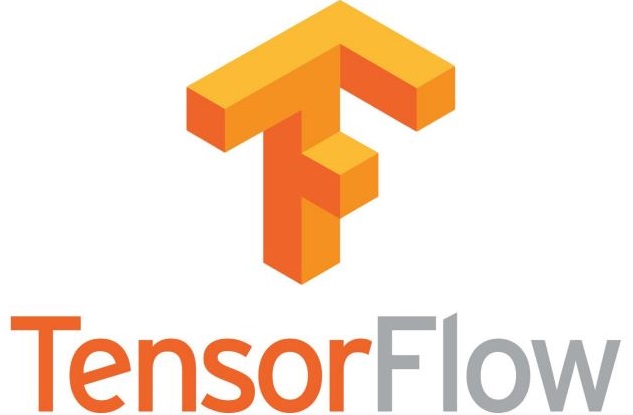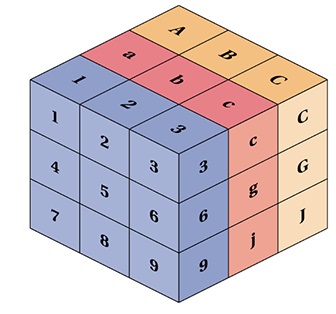TensorFlow.js Tutorial

What is TensorFlow.js?
Tensorflow is popular JavaScript library for Machine Learning.
Tensorflow lets us train and deploy machine learning in the Browser.
Tensorflow lets us add machine learning functions to any Web Application.
Using TensorFlow
To use TensorFlow.js, add the following script tag to your HTML file(s):
Example
<script src="https://cdn.jsdelivr.net/npm/@tensorflow/tfjs@3.6.0/dist/tf.min.js"></script>
If you always want to use the latest version, drop the version number:
Example 2
<script src="https://cdn.jsdelivr.net/npm/@tensorflow/tfjs"></script>
TensorFlow was developed by the Google Brain Team for internal Google use, but was released as open software in 2015.
In January 2019, Google developers released TensorFlow.js, the JavaScript Implementation of TensorFlow.
Tensorflow.js was designed to provide the same features as the original TensorFlow library written in Python.
Tensors
TensorFlow.js is a JavaScript library to define and operate on Tensors.
The main data type in TensorFlow.js is the Tensor.
A Tensor is much the same as a multidimensional array.
A Tensor contains values in one or more dimensions:

A Tensor has the following main properties:
| Property | Description |
|---|---|
| dtype | The data type |
| rank | The number of dimensions |
| shape | The size of each dimension |
Sometimes in machine learning, the term "dimension" is used interchangeably with "rank.
[10, 5] is a 2-dimensional tensor or a 2-rank tensor.
In addition the term "dimensionality" can refer to the size of a one dimension.
Example: In the 2-dimensional tensor [10, 5], the dimensionality of the first dimension is 10.
Creating a Tensor
The main data type in TensorFlow is the Tensor.
A Tensor is created from any N-dimensional array with the tf.tensor() method:
Example 1
const myArr = [[1, 2, 3, 4]];
const tensorA = tf.tensor(myArr);
Example 2
const myArr = [[1, 2], [3, 4]];
const tensorA = tf.tensor(myArr);
Example 3
const myArr = [[1, 2], [3, 4], [5, 6]];
const tensorA = tf.tensor(myArr);
Tensor Shape
A Tensor can also be created from an array and a shape parameter:
Example1
const myArr = [1, 2, 3, 4]:
const shape = [2, 2];
const tensorA = tf.tensor(myArr, shape);
Example2
const tensorA = tf.tensor([1, 2, 3, 4], [2, 2]);
Example3
const myArr = [[1, 2], [3, 4]];
const shape = [2, 2];
const tensorA = tf.tensor(myArr, shape);
Retrieve Tensor Values
You can get the data behind a tensor using tensor.data():
Example
const myArr = [[1, 2], [3, 4]];
const shape = [2, 2];
const tensorA = tf.tensor(myArr, shape);
tensorA.data().then(data => display(data));
function display(data) {
document.getElementById("demo").innerHTML = data;
}
You can get the array behind a tensor using tensor.array():
Example
const myArr = [[1, 2], [3, 4]];
const shape = [2, 2];
const tensorA = tf.tensor(myArr, shape);
tensorA.array().then(array => display(array[0]));
function display(data) {
document.getElementById("demo").innerHTML = data;
}
const myArr = [[1, 2], [3, 4]];
const shape = [2, 2];
const tensorA = tf.tensor(myArr, shape);
tensorA.array().then(array => display(array[1]));
function display(data) {
document.getElementById("demo").innerHTML = data;
}
You can get the rank of a tensor using tensor.rank:
Example
const myArr = [1, 2, 3, 4];
const shape = [2, 2];
const tensorA = tf.tensor(myArr, shape);
document.getElementById("demo").innerHTML = tensorA.rank;
You can get the shape of a tensor using tensor.shape:
Example
const myArr = [1, 2, 3, 4];
const shape = [2, 2];
const tensorA = tf.tensor(myArr, shape);
document.getElementById("demo").innerHTML = tensorA.shape;
You can get the datatype of a tensor using tensor.dtype:
Example
const myArr = [1, 2, 3, 4];
const shape = [2, 2];
const tensorA = tf.tensor(myArr, shape);
document.getElementById("demo").innerHTML = tensorA.dtype;
Tensor Data Types
A Tensor can have the following data types:
- bool
- int32
- float32 (default)
- complex64
- string
When you create a tensor, you can specify the data type as the third parameter:
Example
const myArr = [1, 2, 3, 4];
const shape = [2, 2];
const tensorA = tf.tensor(myArr, shape, "int32");

